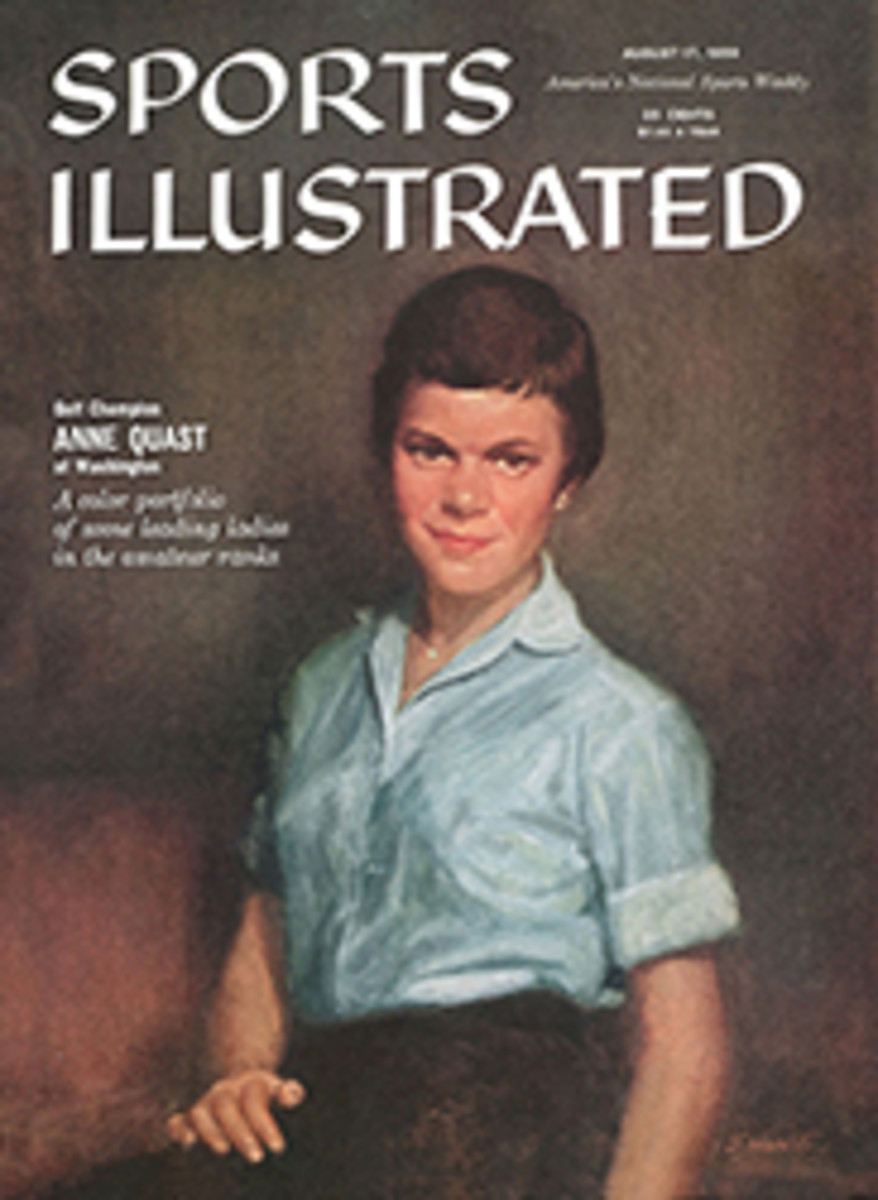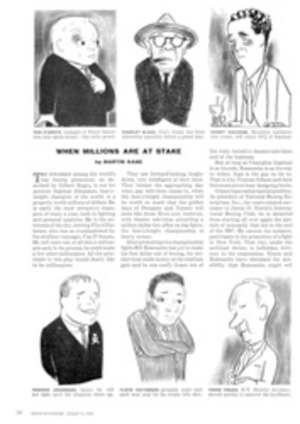
The staff of life
When we dropped a piece of bread on the floor," writes Harry Golden in Only in America, "our mothers taught us that we must pick it up, that bread was the sacred symbol of life." The bestselling author goes on to say that "Carl Sandburg in the book of his early years, Always the Young Strangers, writes that his mother 'held bread to be sacred. If one of us dropped bread or meat we were taught to pick it up, clean it as best we could, and eat it.' Thus the Swedes, far to the north, had the same tradition as the Jews, far to the east.... James Joyce refers to the same idea among the Catholic Irish, and I am sure we would find the principle in all the cultures of the world."
Bread has been a symbol of life since the dawn of civilization. In the primitive fields from which they reaped their grain the ancients found a food that did not need to be hunted, a food that could be stored for all the meals of winter, that could be ground, then mixed with water and baked to become a nourishing and delicious staple in every climate and every season. Bread was made by the Swiss lake dwellers of the Stone Age, and records show that in the third millennium B.C. the Sumerian priestess Baü had 21 bakers on her temple staff.
Athenaeus, who, more than 1,700 years ago, wrote a book called Dinner Table Philosophers, mentioned 62 kinds of bread known to the ancient Greeks, including loaves made of the flour of wheat, rye, millet, rice, dried lotus roots and boiled corn flag (a genus of gladiolus). Indians on the Pacific Coast soaked the bitterness out of ground acorns and used them to make bread, while other tribes discovered how to turn maize into flour. In Corsica, when the Pisans and the Genoese imposed an exorbitant tax on grain, the embattled islanders stopped planting wheat and made flour by drying and grinding chestnuts. Chestnut bread is made today and will keep its freshness for two weeks.
In medieval Europe white bread was so revered that for years it was used only in church services. Once, when a surplus occurred, the clergy made the mistake of selling it to the nobility, and from that moment men of high birth demanded fresh white bread daily. Legend has it that when a loaf was one day old it was fit for the nobility, when two days old for the gentry, at three days it was good enough for scholars and friars, and when it was four days old—granting that any of the loaf remained—the common citizen might taste it.
White bread has come to stand throughout the world for quality and success. Though nutritionists in the U.S. for years have urged the eating of whole wheat because of its superior vitamin content, not more than a fraction of 1% of today's bread output is 100% whole wheat. Happily, however, most of the white bread sold is "enriched," after a formula developed during World War II that adds iron and three B vitamins (thiamine, riboflavin and niacin) to bleached flour.
Good bread—its crust crisply golden, its interior sparkling with the zestful taste of grain—has a natural affinity for cheese, for meat, for wine. Indeed, bread offers the foundation flavor on which to build an almost infinite number of combinations with other foods. For any host or hostess with a dash of courage, a combination not to be overlooked is bread with garlic butter (see recipe below). This shouldn't be served in unfair competition with dishes of very subtle flavor; it goes best with a robust Italian dinner or other hearty fare. Garlic bread is wonderful with drinks, and it makes a fine companion for a green salad.
To have garlic bread at its best you need a crusty loaf such as the one shown on the opposite page. When a loaf of this kind becomes stale, the French have a way of turning it into a delicate dessert. They call it pain perdu, but almost anyone who tries it will agree that it might better be called rediscovered bread. For one friend of mine, who is a fine cook, the recipe at bottom makes a favorite midnight snack.
GARLIC BREAD (for six)
3 or 4 cloves of garlic, minced
1 tablespoon finely chopped wild marjoram leaves (or 1 teaspoon dried marjoram)
6 tablespoons butter
black pepper, freshly ground
12 one-inch slices of French, Italian or Vienna bread
Mix the minced garlic and marjoram with butter and add a sprinkling of black pepper. Spread evenly on bread slices and place under broiler just long enough for butter to melt and permeate the bread. Serve sizzling hot.
"LOST BREAD" (for six)
3 eggs
1 cup rich milk (or half milk, half cream)
1 teaspoon sugar
½ teaspoon salt
dash of freshly grated nutmeg
dash of white pepper
1 tablespoon brandy (or orange juice)
6 thin slices of stale French bread
Beat the eggs slightly and add next six ingredients. Dip slices of bread, one at a time, into mixture; soak well, but don't let them get sodden. Brown on both sides in butter, and serve hot with a sprinkling of confectioner's sugar.
PHOTO
JERRY COOKE

